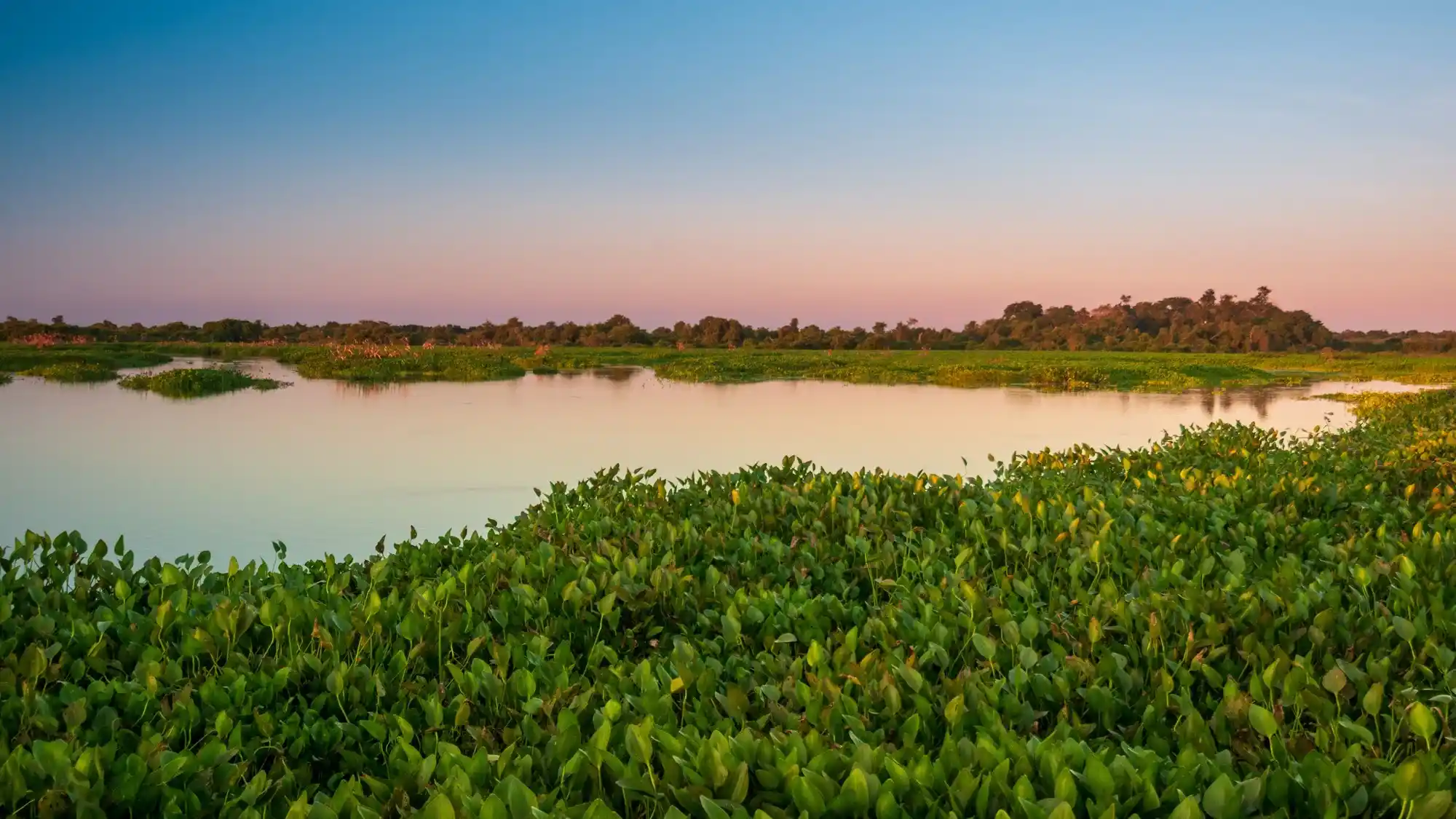GET IN TOUCH
- Please wait...

This letter was originally sent to LightCastle Bimonthly Newsletter subscribers.
What gets measured, gets prioritized. This is the reason why we see so much climate finance flowing towards efforts on mitigation rather than on adaptation and/or resilience. In other words, the story of climate finance today is the story of climate mitigation.
According to the report Global Landscape of Climate Finance 2021, the total climate finance has steadily increased over the last decade, reaching USD 632 billion in 2019/2020, but flows have receded in the past few years. Within this, South Asia’s portfolio constitutes less than 5% (approximately USD 30 billion). Cumulatively, less than 10% of all climate finance flows to adaption and resilience.
Although the trend is growing, the planet needs to catch up to the intended climate targets: financing will have to increase by nearly 600% to meet the net zero, sustainable targets of 2030. To make matters worse, COVID-19’s impact on climate finance is yet to be fully observed to discern the revised numbers; but rest assured, it’s not going to look pretty!
While public investments by institutions continue to dominate the fund flow (51%), private investors aren’t too far behind – which is encouraging. ESG financing is increasingly becoming mainstream spearheaded by the efforts of financiers like Larry Fink, cofounder of Black Rock, the world’s largest investment management firm. However, there are allegations of ‘greenwashing’ leveled on different companies.
Combined, private corporations and financial institutions constitute over 80% of the funds flowing from the private pockets. In South Asia, however, the share of private investments is relatively low (less than 40%).
Despite consistently being one of the lowest emitters of greenhouse gases with a 0.4% contribution, Bangladesh has ranked seventh in the Global Climate Risk Index’s analysis of countries most affected by the impact of weather-related loss events. This is primarily due to geographic terrain (delta at sea level).
Till date, Bangladesh has received foreign financial support for building climate resilience from dedicated climate finance facilities such as the Global Environment Facility (GEF) Trust Fund, GCF, Pilot Program for Climate Resilience (PPCR), and Adaptation (AF) among others.
Noticeably, Bangladesh has so far received USD 193.82 million to implement 12 CIF-approved projects with USD 1.85 billion as a matching fund. Around 62% of this co-financing came from multilateral development banks.
With their numerous programs, instruments, and financing options for combating climate change, multilateral development banks like the World Bank and the Asian Development Bank (ADB) have also played a crucial role as financiers.
Alongside, as one of the first LDC countries to create a National Adaptation Plan of Action (NAPA), the Bangladesh government emphasizes the need for climate adaptation across four priority sectors: food, energy, water, and livelihood. Private and non-banking financial institutions are also assisting in the development of low-emission and climate-friendly infrastructure around the country.
The Bangladesh Bank has actively pushed for the establishment of a green economy. To this end, banks, financial intermediaries, and private/impact investors are playing a central role – laying out solid plans and investment strategies for green financing.
In recent times, LightCastle collaborated with ILO to identify priority sectors that would benefit largely from receiving climate adaptation financing. Our study found sustainable agriculture and sustainable transportation as two key areas that require immediate attention.
Filling the investment gap for adaptation is critical to achieving the SDG goals. Finance for climate adaptation, from both public and private actors, must be scaled by orders of magnitude to respond to current and oncoming climate risks.
Scaling up and mainstreaming climate adaptation and resilience is crucial to ensuring that the most vulnerable communities (marginalized, low-income households, disempowered women) to climate change are not left behind.
Currently, the public and private sectors do not have a commonly accepted definition of climate finance nor an understanding of what all financial actors should be doing. The siloed approach to the common definitions could impede the pace of change and impact on the real economy.
Hence, standardizing definitions, methodologies, and supporting efforts to access reliable data will form the foundational basis for channeling climate financing effectively toward greater adaptation.
Achieving net zero by 2050 will require all public and private actors to align not only investment, but also practices, business models, and portfolios. Enabling policies and innovative financial solutions are equally important to envision a much greener Bangladesh – and by extension the world.
Our experts can help you solve your unique challenges
Stay up-to-date with our Thought Leadership and Insights